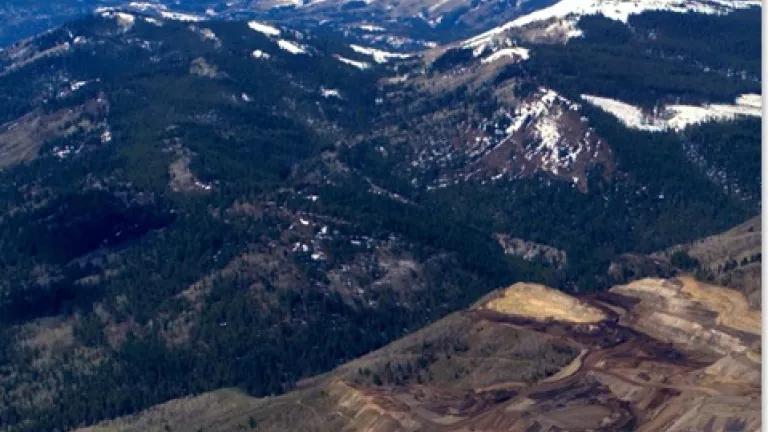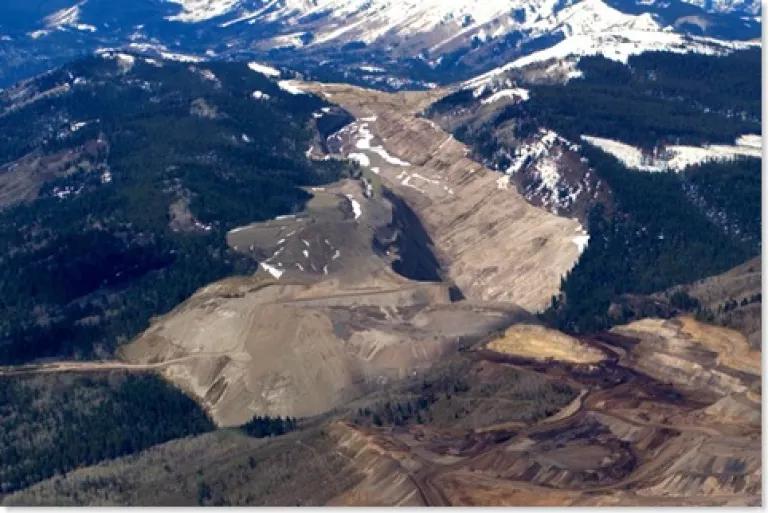
There are few things that motivate conservationists so much as the preservation of wilderness. From Henry David Thoreau to John Muir to Aldo Leopold to David Brower the history of America's environmental movement is literally built on battles to protect some of our last, great, wild places. And it's not just conservationists. Wilderness holds a special place in American history and in American culture. As Roderick Nash put it: "Take away wilderness and you take away the opportunity to be American."
That's why the "Roadless Rule"--a set of regulations first issued by the Clinton Administration that protects public lands without roads from development--is so important. The Roadless Rule helps to preserve tens of millions of acres of wild land throughout the United States. It also enjoys tremendous public support. Millions of people have written letters supporting the Roadless Rule. But the Bush Administration loathes it. Since they came to power, the Administration has done everything it can to weaken protections for roadless areas.
Their most recent effort--a proposal to open up 6 million acres of currently protected, pristine national forest land in Idaho to logging, mining, and other corporate development--was announced just days before Christmas.
Idaho’s public forests are some of the most untouched and intact wild areas left in the continental United States. Among other things, the proposal would permit as much as 20,000 acres of roadless lands to be directly lost to phosphate mining, an incredibly destructive type of open pit mining, which often results in toxic selenium runoff that poisons wildlife, and contaminates drinking water and fisheries. Contamination near these mines (many of the phosphate mines in southern Idaho are already officially designated as Superfund sites) can get so bad that in 2006, state wildlife officials warned hunters against eating liver from elk killed near them.
If you want to really see what I'm talking about just scroll down. The picture at the top of this post is of a roadless area in Idaho before it was opened up to phosphate mining. Now look below for to see a representation of the exact same valley (or what's will be left of it) after the mining interests got get their way.

And Idaho is just the beginning. The Forest Service has already announced its intentions to open roadless areas in Colorado, and in the next few weeks the nation’s largest public forest, the Tongass National Forest in Alaska will be added to the list.
Fortunately, the Bush administration hasn’t gotten its way yet. The Forest Service will hold its only public meeting outside of Idaho, in Washington, D.C., on Monday to hear public comments on its plan. NRDC will be at the public hearing and will fight this proposal every step of the way. I hope Switcboard readers in the D.C. area will join us:
When: January 14, 2007, 5:00-10:00 PM EST
Where: United States Department of Agriculture, South Building, Jefferson Auditorium, 1400 Independence Avenue, SW., Washington, DC.
UPDATE: In my original post I believed that these were before and after shots of the Sage Creek roadless area. Michael Patty pointed to some compelling evidence that the “after” shot was an illustration. We quickly checked with the photographer and discovered that, in fact, the “after” photograph is an accurate illustration of what an open pit phosphate mine would look like on the site. I’ve corrected my post and apologize for the error. The mistake was NRDC’s, not our local partners. And thank you Michael for pointing this out!

